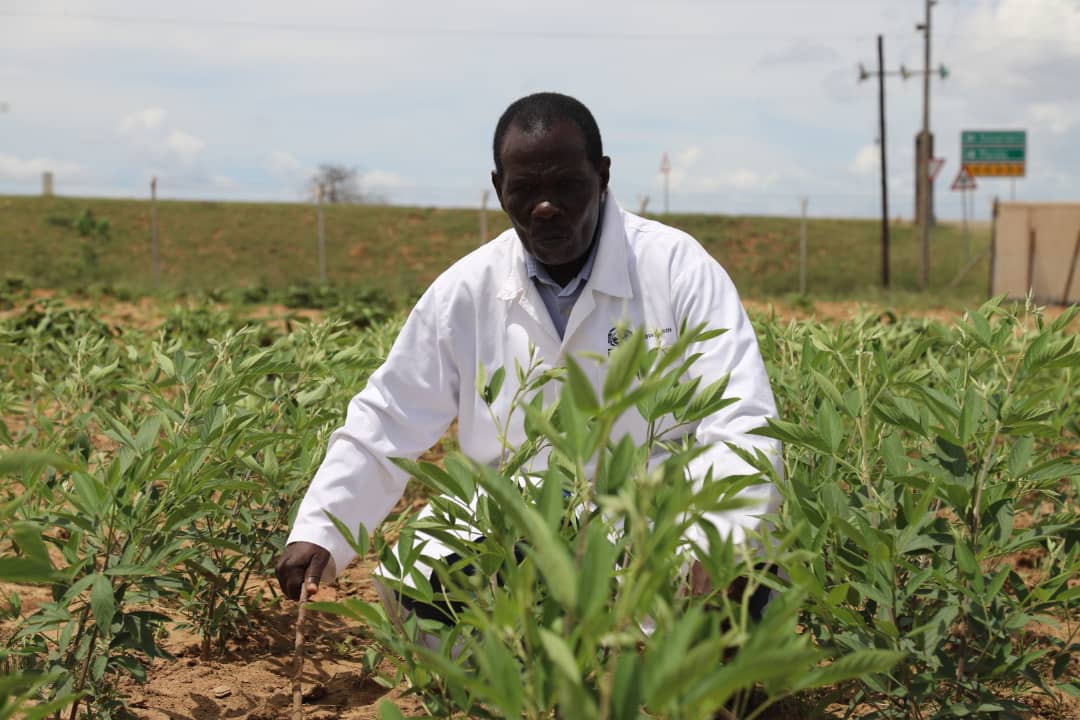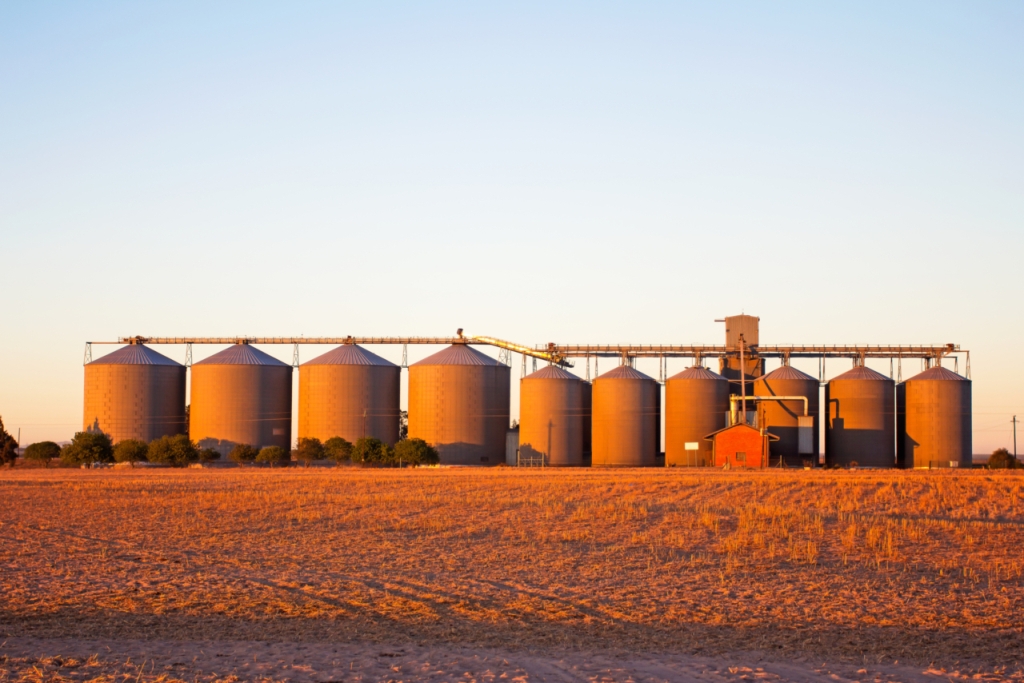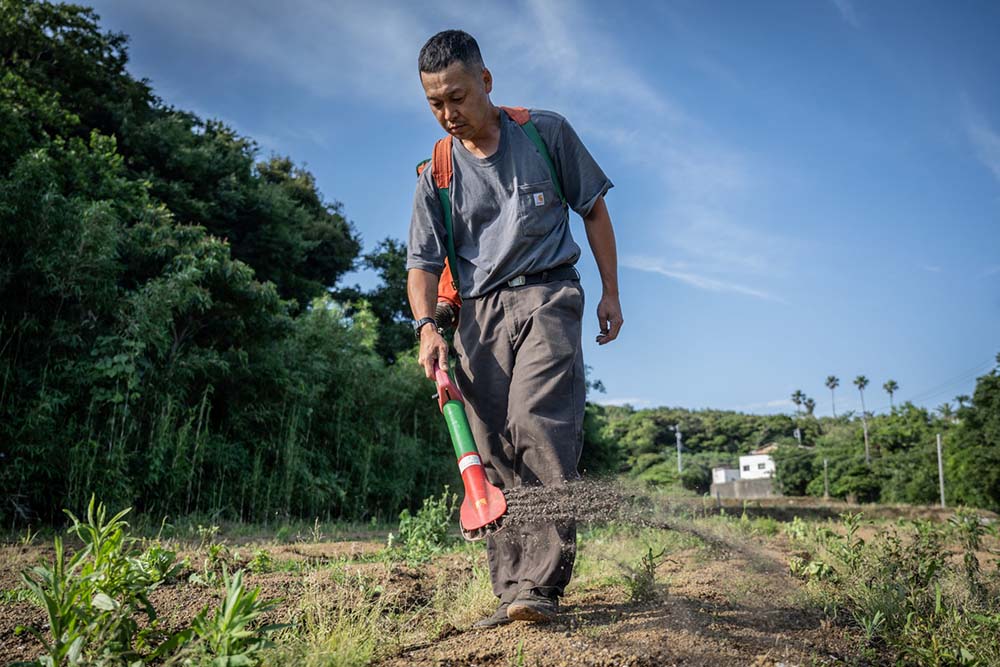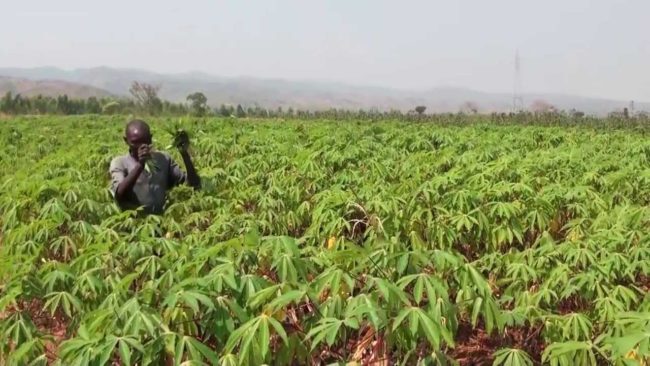Uganda’s agricultural sector faces numerous challenges, including pests, diseases, inadequate rainfall, poor seed quality, and the scarcity of agricultural chemicals. The National Agricultural Research Organisation (NARO) aims to overcome these obstacles to ensure the prosperity of the agriculture industry, from crop cultivation to livestock management and market competitiveness.
Livestock Feeds Research
NARO’s National Livestock Resources Research Institute focuses on improving pastures and forages with higher nutrient content for livestock. These resilient pastures withstand drought conditions, contribute to increased milk output, and accelerate the time required for cattle to reach market weight. Dr. Julius Serumaga, the lead researcher, emphasizes the improvement of animal pastures and forages, including fodder, maize, lab lab, brachiaria, and chloris gayana.
Forage Maize
Serumaga highlights the need for maize varieties tailored for animal feeds, as current maize types are primarily cultivated for human consumption. Research aims to develop maize varieties with nutritional profiles suitable for animals, emphasizing higher fiber and more crude protein. This approach addresses the issue of excessive carbohydrates hindering digestion in cows and the resulting production of methane gas, contributing to both environmental and digestive concerns.
Lab Lab
Lab lab, a leguminous plant with high protein content, serves as an alternative to expensive protein sources like soybeans and fish in livestock feeds. Researchers are improving lab lab to offer a cost-effective solution for farmers, allowing them to save money compared to soybeans and fish, which are in high demand among humans. Lab lab stands out as an easily digestible protein source, eliminating the need for roasting, a step required for soybeans.
Brachiaria
Despite brachiaria’s inability to produce seeds, researchers at NARO recognize its potential as a high-yield grass, particularly due to its drought tolerance. Although currently propagated through cuttings, brachiaria’s quick growth makes it an essential resource for livestock grazing. Furthermore, its ability to increase protein and mineral content in the soil enhances its utility in conjunction with other plants like chloris gayana.




















